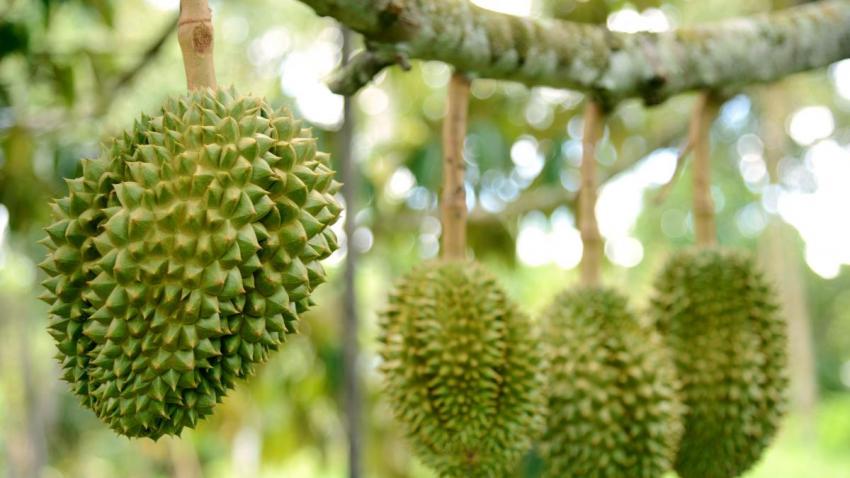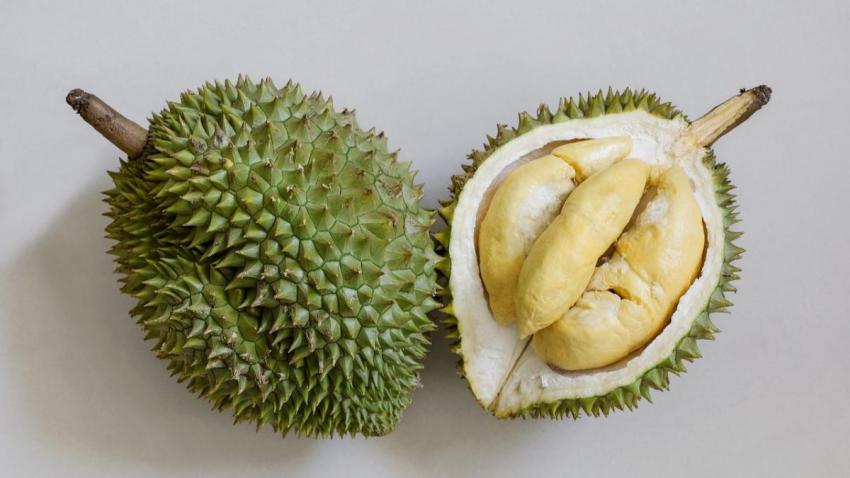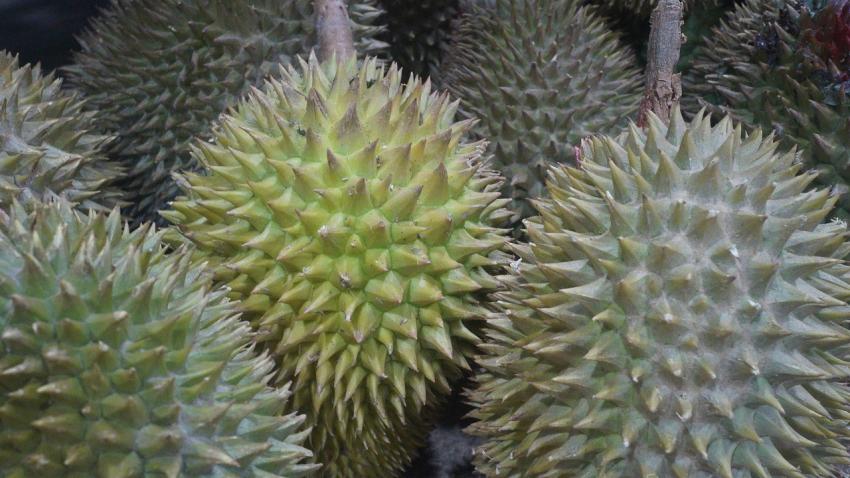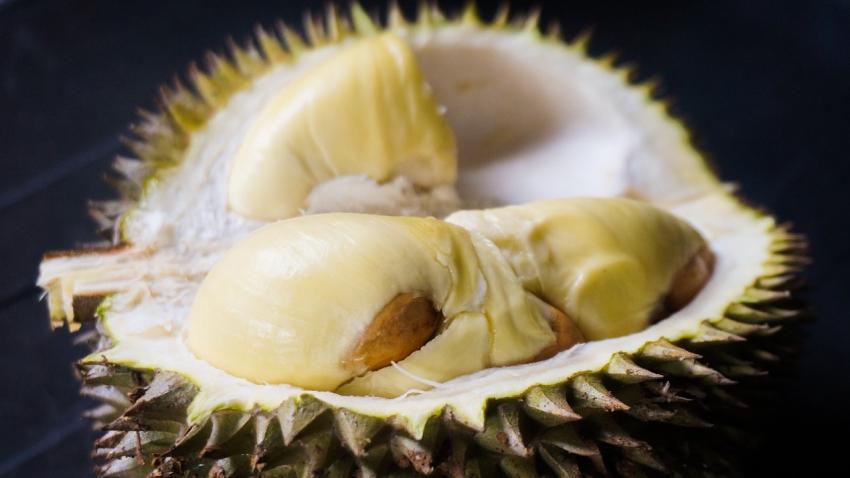You are here
Back to topFrozen Malaysian Durians a Success Story in China Market

An eatery in China that specializes in durian-flavored desserts.
The market in China for Malaysian durian is now worth 100 million ringgit (22.3 million USD), according to Tan Yang Thai, the Malaysian consul general for Shanghai.
This figure, provided to Produce Report by Mr. Tan during an event in Shanghai last month, is apparently an estimate rather than an official trade statistic. Nevertheless, even if the actual number for 2016 were to turn out to be a fraction of 100 million ringgit, it would still be an impressive showing for a product whose market in China was nonexistent a decade ago.
Domestic production of Durian in China is negligible and, presently, all legitimately imported fresh Durian on the market comes from Thailand, which is the only country with approved import protocols in place.
But many connoisseurs of the pungent fruit with a custardy pulp believe Malaysian durian have a richer flavor. Unfortunately, many of the most prized Malaysian varieties are difficult to ripen off the the tree (unlike Thai varieties) and spoil quickly after being harvested. And, in any case, fresh durian from Malaysia do not have phytosanitary approval for import into China (though Consul General Tan noted that Malaysia is working on obtaining fresh durian access).
Malaysian producers and exporters have gotten around this problem by flash freezing the pulp of the fruit at -30°C for half an hour and then storing and transporting at -18°C. They claim that through this process the fruit maintains the bulk of its flavor and texture once thawed.
Malaysia and China signed export protocols for frozen durian pulp in 2008 and Malaysia received official access approval from in China in 2011. Since then exports have grown briskly. Musang King and D24 are two of the most popular varieties in the China market.
Frozen Malaysian durian is available in China both as whole frozen pulp and as a puree. While the former is popular with end consumers and can be consumed just like fresh durian, the latter has become a hot item with confectioners, restaurateurs and other food processers. Durian-flavored products than can be found in China include custard tarts, pizza, mooncakes, ice cream and a wide variety of other dessert items.
Royal Durian, an import, wholesale and retail company in Shanghai reported that it first starting importing frozen Malaysian durian in 2010. After 2013 it saw consistent sales growth of 30% per year, and this year expects to import 300 tons of Malaysian durian. Even with all the growth in recent years, Royal Durian believes the market has plenty of room to grow—noting that most growth in recent years has come from southern China, with demand in China’s north just beginning to heat up.














Add new comment